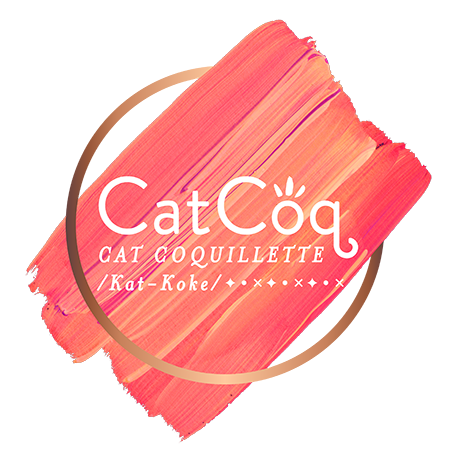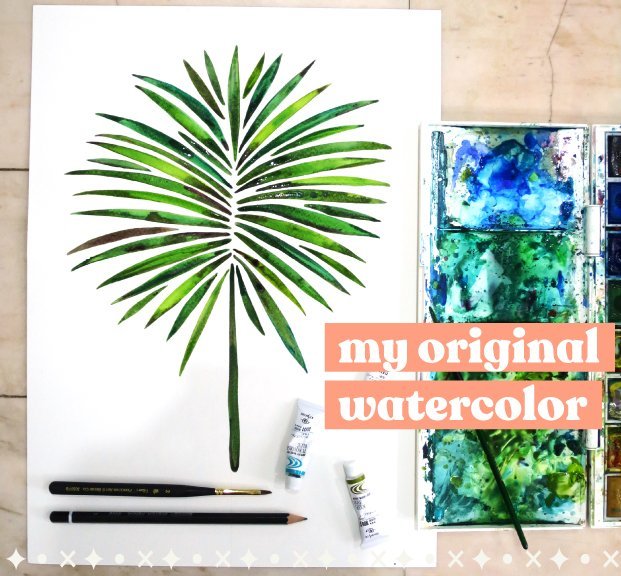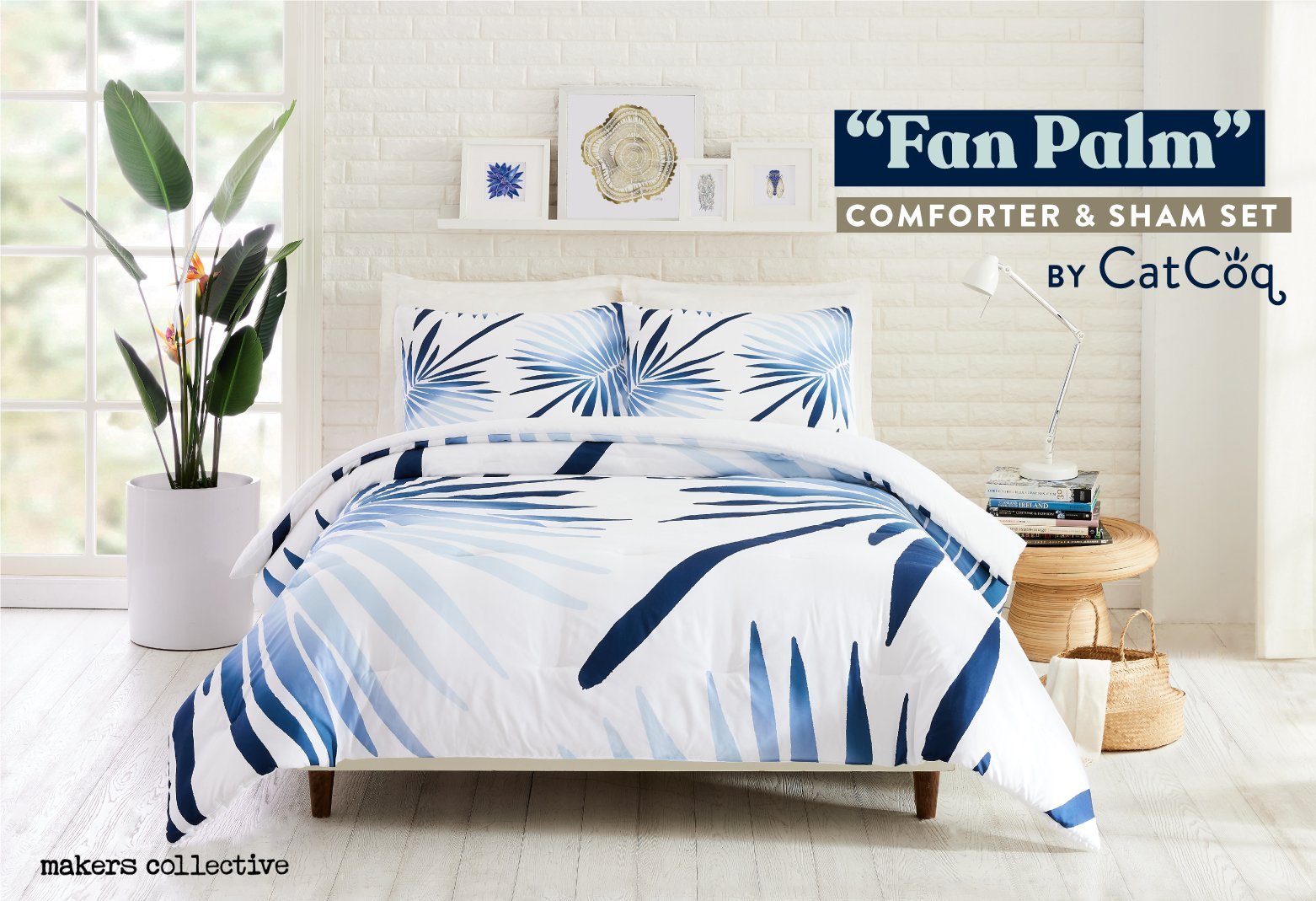Raster vs. Vector Explained - Which is better for surface design?
This blog post will cover the differences between raster and vector files, what each one is best for, and which file type works best for professional surface design files. And I’ll answer the top question that I get about this topic – whether or not you have to create vector files in order to get your artwork licensed. So if you’ve ever thought to yourself, “Which is better? Raster or vector?” I’m here to help!
I know that deciphering the differences between raster vs. vector can feel complicated, but once you learn a few key things about the two file types, you’ll have a much better understanding of when to use them and which works best for your art style.
What is a Raster File?
Raster files are images that are made up of pixels. Tons of little square pixels come together to make up the larger image. This means that there are a finite amount of pixels in the image, and as you scale it up it can lose resolution and start to look pixely.
What is a Vector File?
Vector files don’t use pixels to create the image. They use a series of mathematical equations to create lines, color, etc. You don’t need to know how the math works to create a vector file (programs like Adobe Illustrator do that part for you), you just need to know that these equations adjust when the image is adjusted meaning it can be scaled up infinitely without losing resolution. That’s the biggest perk of working with vector files!
The Main Differences Between Raster and Vector Files
There are a few main differences between these file types. Once you learn the differences you can decide which file type is best for you and the type of artwork you create!
Resolution
One of the main things to consider when deciding between raster and vector files is that resolution will vary widely depending on which one you choose. As previously mentioned, vector files can be scaled up infinitely without losing resolution. Meaning they won’t look fuzzy no matter how large of a surface the original artwork is replicated on. This is why many people think that vector files are the only ones that can be used in professional surface design.
However, raster files can be scaled up just as easily. The key is to make sure that the raster file you’re working with has a high enough DPI (dots per inch - aka how many pixels there are per square inch of your raster file). The standard DPI for print is 300 DPI.
In my case, I work a lot with watercolor. In order to turn my watercolor paintings into art prints and other products that are sold in stores like Target, I have to scan them and digitize them. If I scan in an 8x10 illustration at 300 DPI, the largest size I can replicate it to without losing resolution is 8x10. However, if I scan it in at 600 DPI that means there are twice as many pixels per inch meaning it can be scaled up to twice its original size without losing resolution. So I scan my artwork in at super high resolutions. Usually, at least 1200 DPI so that it can be scaled up to massive sizes without losing resolution.
Hand-drawn vs. digital style
Another big difference between raster and vector files is that raster gives you the ability to have a more hand-drawn look whereas vector files are best when you’re going for a very clean digital style. Here’s an example of a raster pattern I made next to a vector pattern. Can you spot how different they look?
So which is better for surface design, raster or vector?
If you’ve been in the surface design or art licensing space, you’ve likely heard that the only way to create professional designs is to use Adobe Illustrator (or another vector-based program).
But guess what? That’s not actually true!
The majority of the professional surface design files I send to my art licensing partners are raster files! You never know what kinds of products your art might end up on, so as long as it’s super high quality and can be scaled up to multiple times its original size, you should be good to go!
For example, I painted this fan palm in watercolor years ago. Recently, it was picked up for a bedding collection with Target. But the only catch was that they wanted the design to be much larger than how I originally painted it. Since I scanned it in at a super high resolution, I was able to scale the artwork up without any issues.
Now, I’m not saying that you shouldn’t use Illustrator. I’m just saying that you don’t have to use vector files if you don’t want to! As long as your raster files are high enough resolution that they can be scaled up significantly, you shouldn’t have any problem using them for professional surface design projects.
If you want to take a deep-dive into digitizing your art and using raster files for art licensing, I’d love for you to join me in my class, Digitize Your Art to Sell Online. In this in-depth course, I walk through my entire process of digitizing analog artwork. You’ll learn how to scan and digitize hand-drawn artwork, clean it up in Photoshop, add metallic textures, remove the paper background, turn it into a pattern, and get it ready to sell online!
This is one of the most valuable skills you can learn as a surface designer, and I’m excited to share this class with you!







